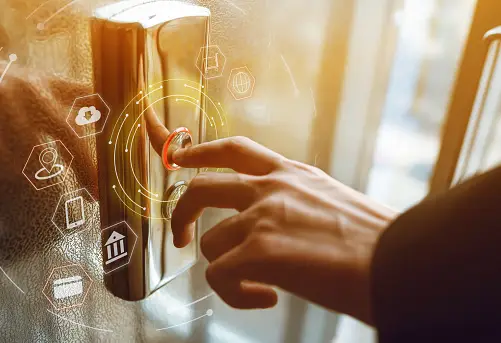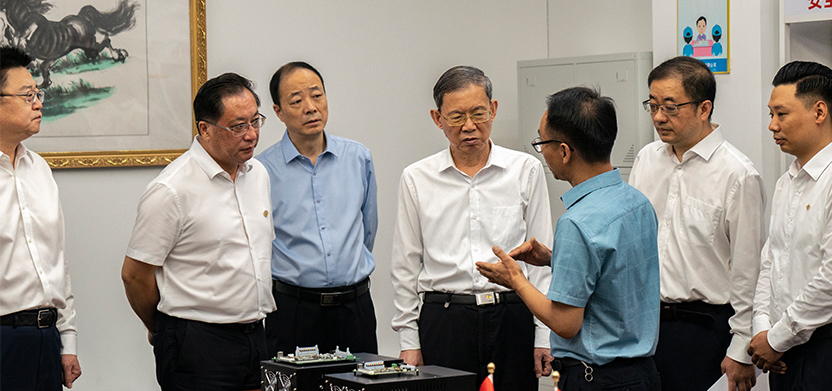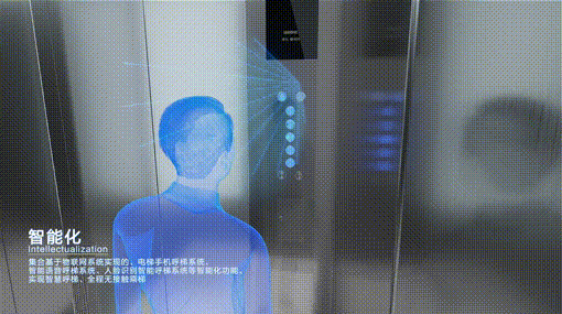After-service Market Emerges as a Hot Cake: Multiple Elevator Enterprises Rush into Digitization
Over the past two years, with the slowdown in the real estate industry, the demand for new elevators has decreased, intensifying competition within the elevator industry. In response to this challenge, companies are not only focusing on the new elevator market but also shifting their attention to the after-service market.
As of the end of 2021, China's elevator inventory surpassed 8.4 million units, and it is estimated that by 2030, the volume of elevator upgrades and renovations will exceed 2.7 million units. With the slowing growth of the new elevator market, the elevator after-service market has become a new growth point.
Liu Yu, General Manager of Jiujiu Elevator Engineering Headquarters, stated, "The demand for elevator maintenance, old elevator renovations, and installations in existing buildings derived from the stock market will accelerate. It is predicted that the scale of the domestic elevator service market will surpass that of the new elevator market."
Exploring the After-service Market
In 2023, major projects have been launched across the country to promote infrastructure development. Provinces such as Anhui, Ningxia, and Henan have set double-digit growth targets for fixed-asset investment. However, the recovery of the elevator market still requires some time.
"In terms of structure, urban agglomerations will become the main battlefield of the new elevator market. Digitization, intelligence, and low-carbonization will be the main directions of elevator product innovation, and competition in the new elevator market will become more intense," said Xu Junjie. He believes that the elevator aftermarket, especially the refurbishment of old elevators and installations in existing buildings, as well as after-service markets, is an important sector for expanding domestic demand.
Generally, elevator after-service business includes daily maintenance services, spare parts sales services, modernization and renovation services, elevator inspection services, elevator assessment services, and elevator IoT services. In recent years, elevator companies such as Hitachi, Otis, Mitsubishi Electric, Toshiba, and Thyssenkrupp have upgraded their after-service offerings, accelerating their transition from manufacturing to services.
In 2022, Jiujiu Elevator and Tongrun Drives established Yinvuo Elevator Co., Ltd. to strengthen elevator maintenance, upkeep, and renovation services while focusing on the new elevator market. In the same year, Mitsubishi Electric announced that customers of its vertical elevator products could purchase an extended warranty period for the five major core components to "ten years" of service. Following suit, in January 2023, Toshiba announced the launch of a 10-year extended warranty service; in August, Hitachi Elevator introduced a ten-year peace of mind warranty service for six major core components; and in November, Kwik Lift Elevator raised the bar for after-service with a "15-year whole machine quality guarantee."
With the increasing elevator inventory in China year by year, the demand for old elevator refurbishment and installations in existing buildings is growing rapidly. In recent years, KONE Elevators has been actively planning the long-term development of its renovation and maintenance business sectors, vigorously expanding its paid service market.
Data shows that from 2019 to 2021, KONE Elevators' installation and maintenance business revenue increased year by year to reach 419 million yuan, 591 million yuan, and 676 million yuan respectively. In the first half of 2022, KONE Elevators' installation and maintenance business revenue reached 345 million yuan, a year-on-year increase of 70.71%, accounting for 14.76% of total revenue, and is expected to achieve the goal of "after-service market business accounting for no less than 15% by 2025" ahead of schedule.
On January 13th this year, in response to the concerns of many investors about the current situation and future development of the company's elevator aftermarket business, Jiujiu Elevator stated, "The increase in elevator inventory drives rapid growth in maintenance markets. Elevator manufacturers seeking new growth points and expanding maintenance business have become inevitable." The company once again emphasized that while deepening its new elevator business, it is necessary to accelerate the adjustment of its business structure, increase investment in the after-service market field, and upgrade the strategy of after-service business from opportunistic expansion to systematic layout of the elevator's entire life cycle business.
At the same time, the implementation of the "Special Equipment Safety Law" will also help elevator companies with a complete industry chain to become bigger and stronger. According to Article 45 of the "Special Equipment Safety Law," "Elevator maintenance and upkeep shall be carried out by the elevator manufacturer or installation, renovation, and repair units licensed according to this Law." This means that the elevator aftermarket will develop towards a more standardized and orderly direction, posing higher requirements for elevator companies.
It is understood that more refined new regulations on elevator after-service are also being introduced. For example, the new regulations on elevator annual inspection in 2022 stipulate: within 6 years after the supervision and inspection of newly installed elevators, an inspection shall be conducted once every 3 years, and an inspection shall be conducted once every year in the years when no inspection is performed; for elevators used for more than 6 years but less than 15 years, an inspection shall be conducted once every 2 years, and an inspection shall be conducted once every year in the years when no inspection is performed; for elevators used for 15 years or more, an inspection shall be conducted once a year, and an inspection shall be conducted once a year for the elevators participating in the pilot program, and the inspection and testing items shall be adjusted in accordance with the "Trial Implementation of Elevator Regular Inspection Rules" and the "Trial Implementation of Elevator Testing Rules" issued by the State Administration for Market Regulation.
In 2017, the country approved the first pilot projects for "on-demand maintenance" of elevators in Nanjing and Ningbo, and this year is the end of the pilot projects. At the same time, the new "Regulations on Special Equipment Safety Supervision" are also being revised. It is generally believed in the industry that "on-demand maintenance" will become the future trend, and elevator maintenance will accelerate its transformation from "heavy maintenance process" to "heavy maintenance results."
Digitization Empowering Elevators
Currently, the domestic elevator market is still a highly labor-intensive service industry. With the gradual disappearance of the demographic dividend in China, elevator after-service companies need to transform towards digitization and intelligence. In addition, the expansion of real estate property management scale and the increase in market concentration have raised higher and more diverse demands for elevator ride comfort, rapid rescue response, professional maintenance service teams, and fast supply of spare parts, which urgently require digitization to improve management efficiency.
In fact, driven by innovative supervision and market demand, elevator maintenance cannot be separated from the support of the Internet of Things and big data. Especially for some high-end projects, customizations of elevator functions are often made during elevator procurement, and there are higher requirements for maintenance quality in after-service.
In the Zhuoda Financial Center in Guangzhou, there are the fastest elevators in the world: the lifting speed reaches 1,260 meters per minute, and it takes about 43 seconds to travel from the ground floor to the lobby on the 95th floor at a height of 440 meters. The Guangzhou tallest building, which consists of various formats such as shopping






